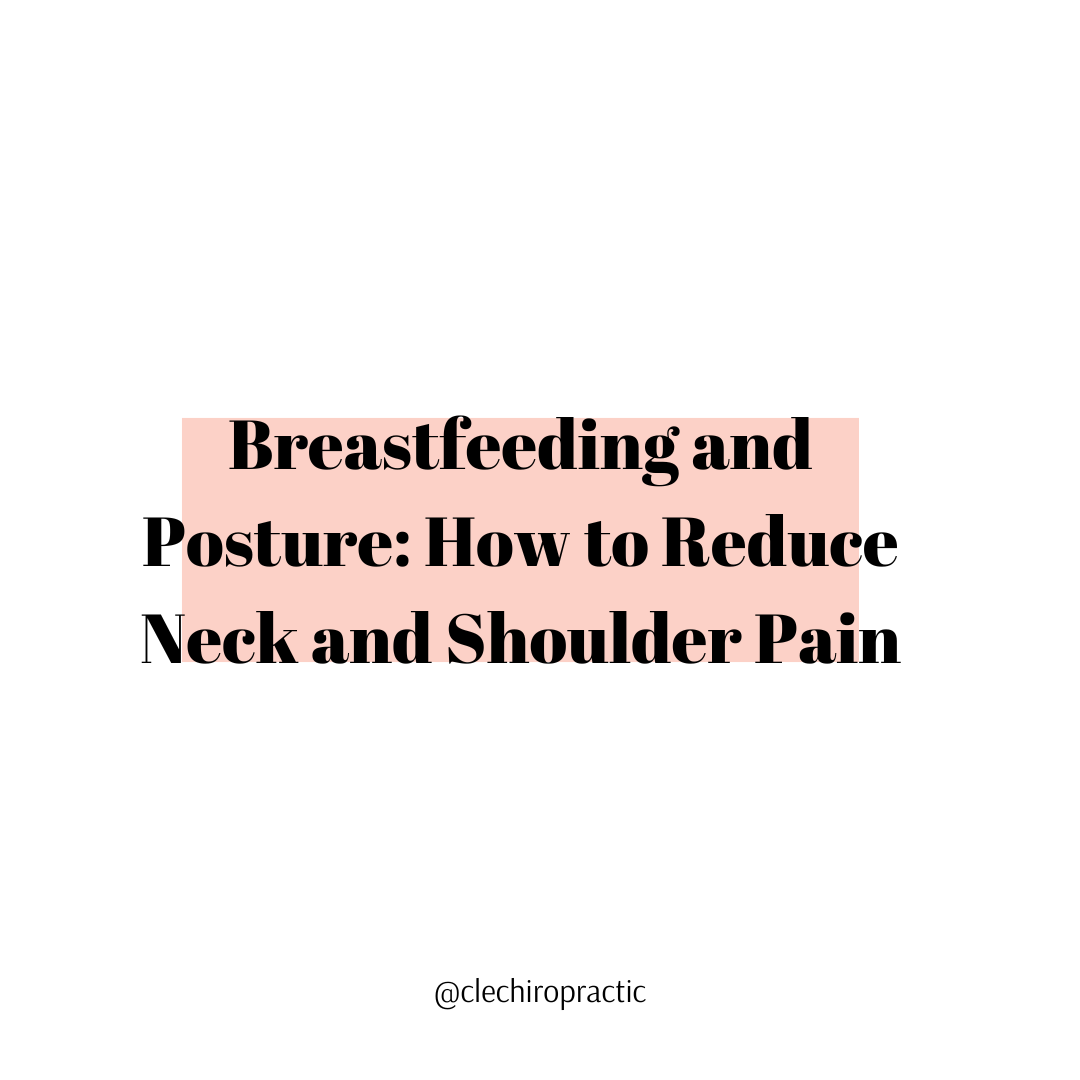Acupuncture & Chiropractic Care for Pregnancy from the Very Beginning
One of the most common questions we hear from expecting parents is:
“Should I wait until later in pregnancy to start acupuncture or chiropractic care?”
The short answer is: You don’t have to wait—starting in the first trimester is not only safe, but incredibly supportive.
Here’s why early care matters, and how acupuncture and chiropractic treatments can benefit you through each stage of your pregnancy journey.
Why First Trimester Care Matters
The first trimester is full of big changes—both exciting and challenging. Your body is rapidly adapting to support new life, and while many of those changes are invisible, they are deeply felt.
Common first trimester symptoms include:
Nausea and morning sickness
Fatigue or insomnia
Headaches or mood shifts
Bloating and digestive issues
Anxiety or emotional overwhelm
Acupuncture can help regulate hormones, ease nausea, and support emotional balance in a safe, gentle way. Chiropractic care can address early spinal or pelvic misalignments, improve posture, and reduce the physical strain on your changing body.
Starting early allows your body to adapt with more ease—rather than playing catch-up later when discomfort becomes harder to manage.
Second & Third Trimester Support
If you’re past the first trimester, it’s still a great time to begin care.
In the second trimester, many parents experience:
Round ligament pain
Back or hip discomfort
Heartburn or circulation issues
Growing belly and postural shifts
This is where chiropractic adjustments and prenatal acupuncture can play a helping role to relieve physical strain, improve sleep, support digestion, and keep you feeling balanced.
In the third trimester, our focus shifts to:
Pelvic alignment for labor prep
Calming the nervous system
Managing swelling, pain, or fatigue
Regular treatment can also prepare your body for birth by ensuring proper joint mobility, relaxation, and energetic flow.
So, When Should You Start?
There’s no wrong time to begin. Whether you start at 8 weeks or 32 weeks, you’ll benefit from care that’s tailored to your unique stage of pregnancy.
A Note for First-Time Parents
If this is your first pregnancy, you might be unsure what’s “normal” or when to reach out for support. Know this: you don’t have to wait until you’re uncomfortable to begin receiving care.
Acupuncture and chiropractic treatments are gentle, supportive, and safe for pregnancy. Starting early helps us work preventatively, not just reactively—so you can feel more at ease throughout your journey.
We also support all birthing parents and caregivers—including non-gestational parents, partners, and support people. Pregnancy and postpartum affect the entire household, and you deserve care, too.
Curious about how treatment can support you in your current stage of pregnancy? We’d be honored to be part of your journey—from your first trimester through postpartum recovery. Reach out with any questions, or book your prenatal consultation today.
Take Care!
Dr. Alex





